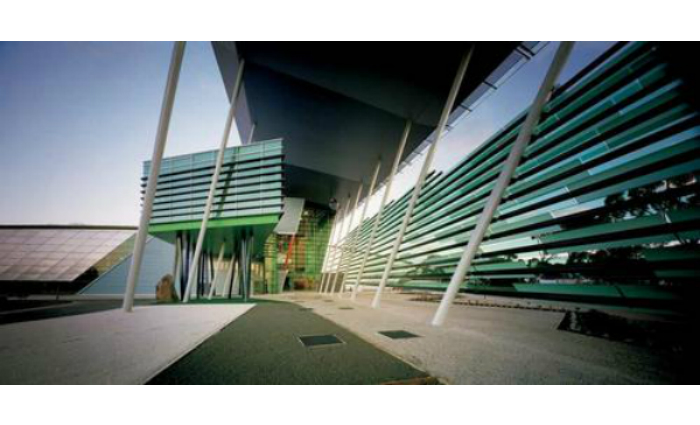
It’s the end of an era for Australian newspaper printing as Fairfax shuts down its flagship Tullamarine and Chullora plants this week and shifts work to its regional sites, as newspaper circulation continues to decline.
Fairfax printing and distribution group director Bob Lockley says all production at Tullamarine has already gone to the company’s Ballarat facility, and Chullora will complete its move to North Richmond on Friday this week and then close.
About half of Tullamarine’s equipment, mostly from the post-press and publishing room, has been transferred along with a small amount of publishing equipment, but no presses, from Chullora. The rest was dismantled by manroland and will be sold or scrapped.
About 400 jobs will go as a result of the plant rationalisations. Lockley says staff have had a great attitude and acted professionally throughout the process.
[Related: More newspaper stories]
Lockley says the Tullamarine site will be sold by September and Chullora by next March. According to the Australian Financial Review, published by Fairfax, data centre and disaster recovery group White Data is seeking to buy Tullamarine for $25m and several data storage companies are interested in Chullora, with Fairfax seeking $50m for the site.
Lockley says the buildings at the regional sites will be extended to accommodate the increased print volumes and equipment upgrades, and the transferred printing equipment will be complemented with some new pieces – including a $30m, three-year contract with Fujifilm to provide plates and new CTP equipment.
“Our Petone publishing room equipment is also about 30 years-old, and we’re upgrading that with Ferag equipment out of Tullamarine,” he says.
“That’s going to start at the same time so we aim to have the whole project up and running by the end of this calendar year.”
The upgraded sites will publish Fairfax’s flagship titles includuding The Age and Sydney Morning Herald, which have just fully switched to compact format, as well as new independently-owned newspaper The Saturday Paper which launched on March 1.
Lockley says the plant reorganisation is a result of declining print volumes resulting from plummeting circulation, down 14 per cent for The Age and 16.3 per cent for the SMH for the year ending December 2013 as newspaper sales across the country take a beating.
“The plants were great in their day but are now not being fully utilised, so we need to rationalise our operations,” he says.
Lockley says the workflow transition was reasonably smooth and production at the regional sites is going well.
Comment below to have your say on this story.
If you have a news story or tip-off, get in touch at editorial@sprinter.com.au.
Sign up to the Sprinter newsletter
